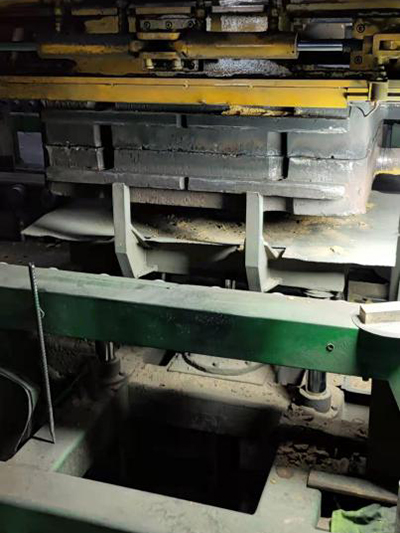How to Sand Small 3D Prints A Step-by-Step Guide
3D printing has revolutionized the way we create objects, allowing for intricate designs and rapid production. However, the quality of these prints often requires post-processing to achieve a polished look. One of the most effective methods for enhancing the appearance of small 3D prints is sanding. In this article, we’ll explore the techniques and tips for sanding your small 3D prints to perfection.
Understanding Your Material
Before you delve into the sanding process, it’s crucial to identify the type of filament used for your 3D print. Common materials include PLA, ABS, PETG, and resin. Each material has its unique characteristics and requires different approaches
1. PLA (Polylactic Acid) This biodegradable plastic is popular among beginners. It’s relatively easy to sand, but be cautious, as excessive heat can cause it to deform. 2. ABS (Acrylonitrile Butadiene Styrene) Known for its toughness, ABS can sometimes be tricky due to its tendency to warp. Sanding ABS can be done effectively but may require more effort. 3. PETG (Polyethylene Terephthalate Glycol) PETG combines ease of printing with durability, but it can be sticky when sanded. Water can be used to minimize this issue. 4. Resin For resin prints, sanding is best done with finer grits, as resin tends to be more brittle and can crack easily.
Tools You’ll Need
To get started, gather the following tools
- Sandpaper Ranging from coarse (60-120 grit) to fine (400 grit or higher). - A sanding sponge or block For better grip and control. - A spray bottle with water (optional) To keep the dust down and reduce friction. - A dust mask To protect yourself from inhaling particles. - Safety goggles To shield your eyes from dust.
Step-by-Step Sanding Process
1. Prepare Your Workspace Find a clean, well-ventilated area to work in. Cover your workspace to make cleaning easier after the sanding process.
how to sand small 3d prints

2. Inspect Your Print Before sanding, take a close look at your print and identify areas that need smoothing. Focus on noticeable layer lines and imperfections.
3. Start with Coarse Grit Begin with a coarse grit sandpaper (around 60 to 120 grit) to remove significant imperfections. Use gentle, even strokes; applying too much pressure can harm your print. If you're working with ABS, consider using a sanding block to maintain an even surface.
4. Water Sanding For materials like PETG or when you want to prevent the print from heating too much, consider wet sanding. Lightly spritz the surface with water before sanding, which helps to minimize dust and can create a smoother finish.
5. Transition to Finer Grits Once the major imperfections are addressed, switch to a medium grit sandpaper (around 220 grit) for a smoother finish. Follow up with fine grit sandpaper (400 grit or higher) to polish the surface. This multi-step process gradually refines the print.
6. Keep Checking Your Progress Regularly inspect your print as you sand. This will help you assess how much more work is needed and ensure you don’t sand too aggressively in certain areas.
7. Remove Dust After sanding, wipe your print with a cloth or use compressed air to remove any dust and debris. This step is essential before any finishing processes like painting or sealing.
8. Finishing Touches If desired, you can apply a primer or a coat of paint after sanding to enhance the aesthetic of your print. Some users opt for a vapor smoothing technique with ABS, which can provide a glossy finish.
Conclusion
Sanding small 3D prints can significantly improve their appearance and quality, turning a rough print into a polished piece. By understanding your material, using the right tools, and following a careful process, you can achieve professional-looking results right at home. Whether you’re preparing your prints for display or use, taking the time to sand can make all the difference in your 3D printing experience. Happy printing and sanding!
Post time:Dec . 18, 2024 06:09
Next:Pros and Cons of Using Sand Casting in Manufacturing Processes
